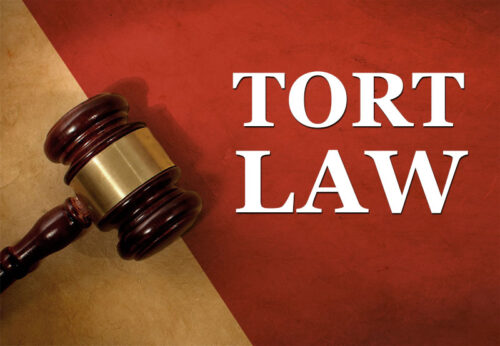GENERAL PRINCIPLES OF TORT LAW
General Principles of Tort Law
Tort law is a fundamental aspect of civil law systems, providing individuals with the right to seek compensation for harm caused by the wrongful actions of others. It encompasses a wide range of civil wrongs, from personal injuries to property damage, and serves to protect people’s rights and interests in society. Understanding the general principles of tort law is crucial for both legal professionals and ordinary citizens, as it affects various aspects of daily life.
Definition of Tort
At its core, a tort can be defined as a civil wrong that causes harm or injury to another person or their property, leading to legal liability for the person who committed the wrongful act. Unlike criminal law, where the state pursues punishment, tort law centers on providing remedies to the injured party. The aim is to compensate for losses, deter future wrongdoing, and maintain social order.
Basic Elements of a Tort
To establish a valid tort claim, certain essential elements must be present:
- Duty of Care: The defendant must owe a duty of care to the plaintiff, which means they are obligated to act reasonably and avoid causing harm.
- Breach of Duty: There must be a breach of the duty of care by the defendant. This occurs when the defendant fails to uphold the expected standard of conduct, leading to a foreseeable risk of harm.
- Causation: The breach of duty must be the direct cause of the plaintiff’s injuries or damages. In other words, the harm suffered by the plaintiff must have resulted from the defendant’s actions.
- Damages: The plaintiff must have incurred actual harm or losses. Without measurable damages, there is typically no basis for a tort claim.
Types of Torts
Torts can be broadly categorized into three main types:
- Intentional Torts: These occur when the defendant deliberately acts in a way that causes harm to the plaintiff. Examples include assault, battery, defamation, and trespassing. Intent plays a crucial role in these cases, and the defendant’s motive is taken into account.
- Negligence Torts: Negligence is the most common type of tort. It involves situations where the defendant’s failure to exercise reasonable care results in harm to another person. Car accidents caused by distracted driving and medical malpractice cases are examples of negligence torts.
- Strict Liability Torts: In certain situations, the law imposes strict liability, making the defendant responsible for the harm caused, regardless of fault or intent. Product liability cases, where a defective product causes injuries, are often governed by strict liability principles.
Defenses to Tort Claims
Various defenses can be raised by defendants to challenge tort claims, including:
- Consent: The plaintiff may have given consent to the defendant’s actions, absolving the defendant of liability.
- Contributory Negligence: If the plaintiff’s actions contributed to their injuries, their compensation may be reduced or denied, depending on the jurisdiction.
- Statute of Limitations: Plaintiffs must bring their claims within a specified time frame, known as the statute of limitations. Failing to do so can bar their right to seek compensation.
- Self-Defense: Defendants may argue that they acted to protect themselves or others from harm, justifying their actions.
Conclusion
Understanding the general principles of tort law is vital for promoting a fair and just society. It allows injured parties to seek redress for their losses while encouraging responsible behavior among individuals and organizations. Whether it’s an intentional act, negligence, or strict liability, tort law serves as a crucial pillar of the civil justice system, seeking to balance the scales of justice for those who have suffered harm at the hands of others.


